WLFW Wildlife
Working Lands for Wildlife (WLFW) was initiated in 2012 and there are eight nationally-identified target species. In 2016 a Request for Proposals was circulated to the NRCS State Offices whereby they could work with local partners to identify additional species for state-run WLFW 2.0 partnership efforts. In response to this RFP, 12 additional species and habitat efforts were approved to launch in 2017, and another 4 in 2018.
This portal will initially service the eastern, south and mid-western target species (9). The habitat needs of these species are representative of healthy, functioning ecosystems where conservation efforts benefit a much broader suite of species.
Visit Our Focus Species
WLFW partners with private landowners to conserve large, intact landscapes for people and wildlife. We do that by focusing our efforts on “umbrella species” that act as bellwethers for how their ecosystem is faring.
Learn more about each species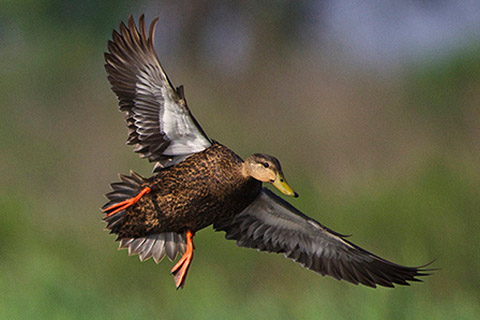
American Black Duck
Read More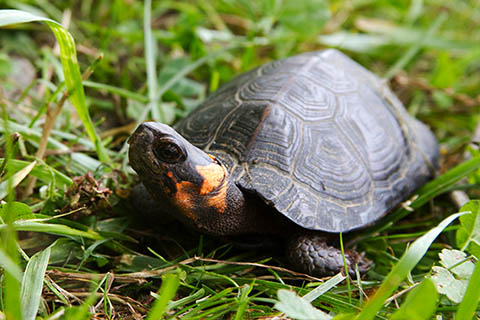
Bog Turtle
Read More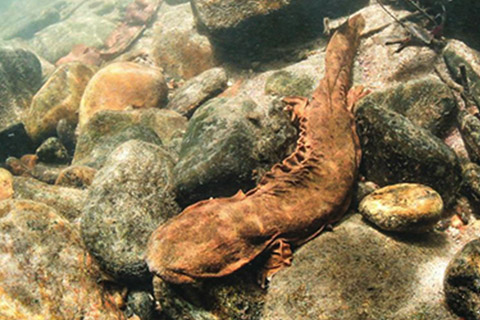
Hellbender
Read More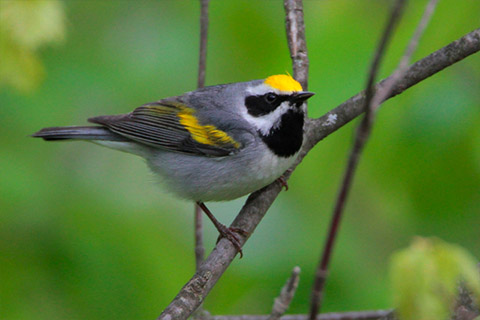
Golden-winged Warbler
Read More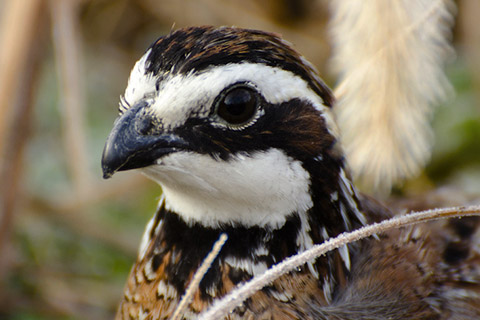
Northern Bobwhite Quail
Read MoreTarget species include:
National Projects
State Run Projects
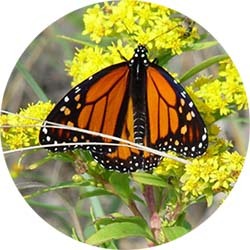
Northern Bobwhite Quail, Grasslands & Savannas
The Northern Bobwhite, Grasslands and Savannas Partner Website is for information sharing by technical experts within NRCS and among its partners. You must login or register with the provider to access the folders. The site was funded for NRCS and its staff and partners to collaborate, store and share information.
American Black Duck
The American Black Duck Partner Website was funded for NRCS and its partners to collaborate in support of private landowners to implement the Working Lands for Wildlife partnership.
Blanding's Turtle
The Blanding’s turtle (Emydoidea blandingii) inhabits wetland areas of 15 states in the Northeast and Midwest.
Bog Turtle
The Bog Turtle Partner Website was funded for NRCS and its partners to collaborate in support of private landowners to implement Working Lands for Wildlife partnership.
Colorado River Mussels
Six at-risk mussels that inhabit the Colorado River basin in Texas – false spike, Texas fatmucket, golden orb, smooth pimpleback, Texas pimpleback and Texas fawnsfoot – have suffered declines.
Conasauga River Aquatic Species
The Conasauga River in southern Tennessee and northern Georgia is known for its exceptional mussel, snail, crayfish and fish biodiversity.
Eastern Hellbender
The Eastern Hellbender Partner Website was funded for NRCS and its partners to collaborate in support of private landowners to implement Working Lands for Wildlife partnership
Golden-Winged Warbler
The Golden-Winged Warbler Partner website was funded for NRCS and its partners to collaborate in support of private landowners to implement Working Lands for Wildlife partnership
Gopher Tortoise
NRCS offers technical and financial assistance to help agricultural producers voluntarily conserve gopher tortoise habitat on private lands. This assistance helps producers plan and implement a variety of conservation activities, or practices, that benefit the tortoise and support forestry operations.
Lesser Prairie-Chicken
These upland birds are an icon of the Southern Great Plains. We're working to make sure they thrive through win-win, voluntary conservation.
Monarch Butterfly
NRCS is working with America's farmers, ranchers, and forest managers on voluntary conservation efforts to combat the decline of monarchs on private lands by establishing new habitat and managing existing habitat for monarchs and pollinators.
Northeast Turtles
The wetlands of the Northeast are home to a variety of wildlife, including the rare Blandings turtle (Emydoidea blandingii), wood turtle (Glyptemys insculpta) and spotted turtle (Clemmys guttata). All three of these turtles are under consideration for listing under the Endangered Species Act.
Sage Grouse
Sage grouse define the American West. We're working to make sure they thrive through win-win, voluntary conservation.
Shorebirds of Louisiana Wetlands
Birds like the lesser yellowlegs (Tringa flavipes), buff-breasted sandpiper (Calidris subruficollis), stilt sandpiper (Calidris himantopus) and short-billed dowitcher (Limnodromus griseus) use Louisiana’s wetlands as pit stops during their annual journeys south.
Southwestern Willow Flycatcher
This small songbird needs lush riparian vegetation to thrive. Improving the health of these areas benefits the flycatcher and lots of other wildlife.
Yazoo Darter
The Yazoo darter (Etheostoma raneyi) is a small fish that is found only in two watersheds – the Little Tallahatchie and Yocona River watersheds in northern Mississippi.


























